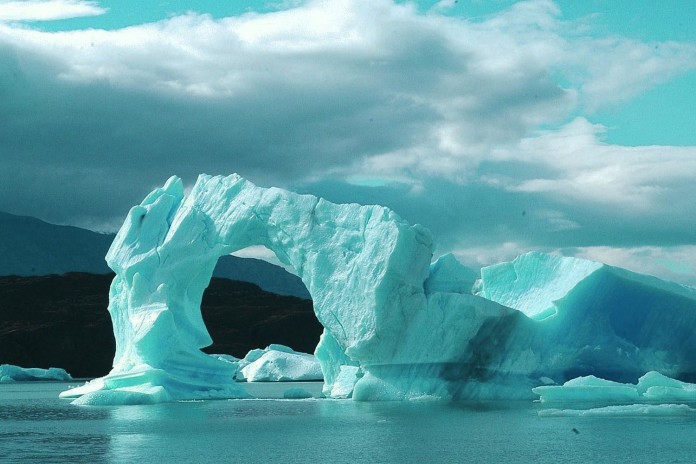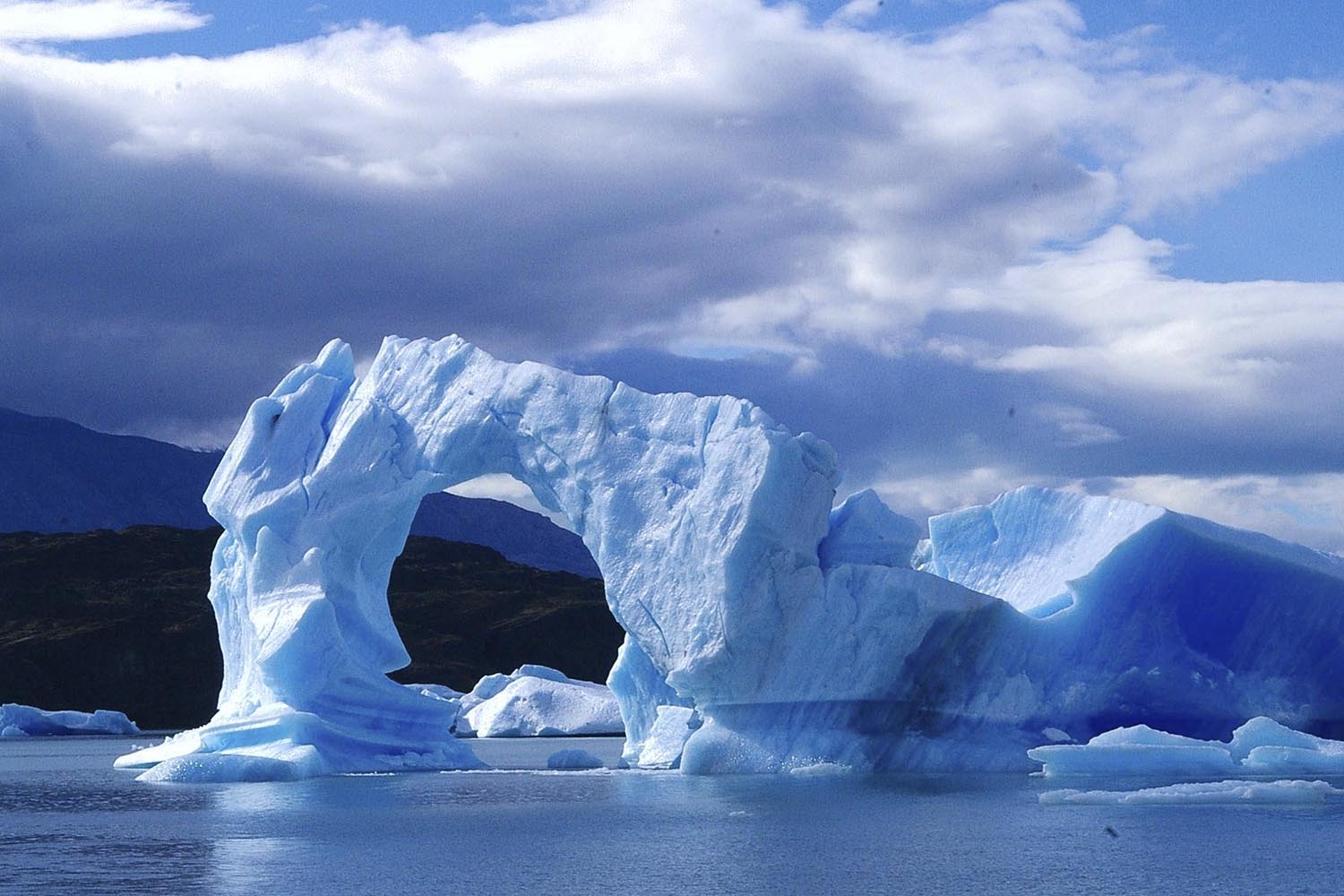
The increasing rate of carbon dioxide in the atmosphere is cooling parts of Antarctica. Large portions of the East Antarctic Ice Sheet are colder than the upper layers of the atmosphere for most of the year, but observations of this year have given the community some surprising news.

The Surface and Lower Atmosphere of Antarctica Lose More Energy if the Air Contains Greenhouse Gasses
A team of scientists looked at the balance between radiation upward from the surface or the ice sheet against the radiation both upward and downward from the upper levels of the atmosphere through all infrared wavelengths in 2015. The data shows that the surface and lower atmosphere of the region loses more energy space when the air has greenhouse gases.
This Region of Antarctica Experiences Temperature Inversion
The research, published in Geophysical Research Letters, and it suggests that adding more carbon dioxide to the atmosphere in the short term will give way for more energy loss from the surface and lower atmosphere of Antarctica. This is thanks to the high elevation of the region. The East Antarctica Ice Sheet is above 3,000 meters, making it much colder than lower altitudes. Not only that, but the region experiences a phenomenon that meteorologists call ‘temperature inversion’. This is an instance where temperatures in the lowest layers of the atmosphere end up being colder than the layers higher up.
Though greenhouse gases have the same negative effect on all other regions of Antarctica, this adds a layer of complexity to the impact of global warming on our planet. Some regions are benefiting from the increased rainfall and the warming temperatures, but our planet is taking a huge blow from the negative effects. This should not discourage anyone from going greener and looking for cleaner energy alternatives. The research specifies that temperatures are only inverted in the short-term, so the threat of global warming is still imminent.

















